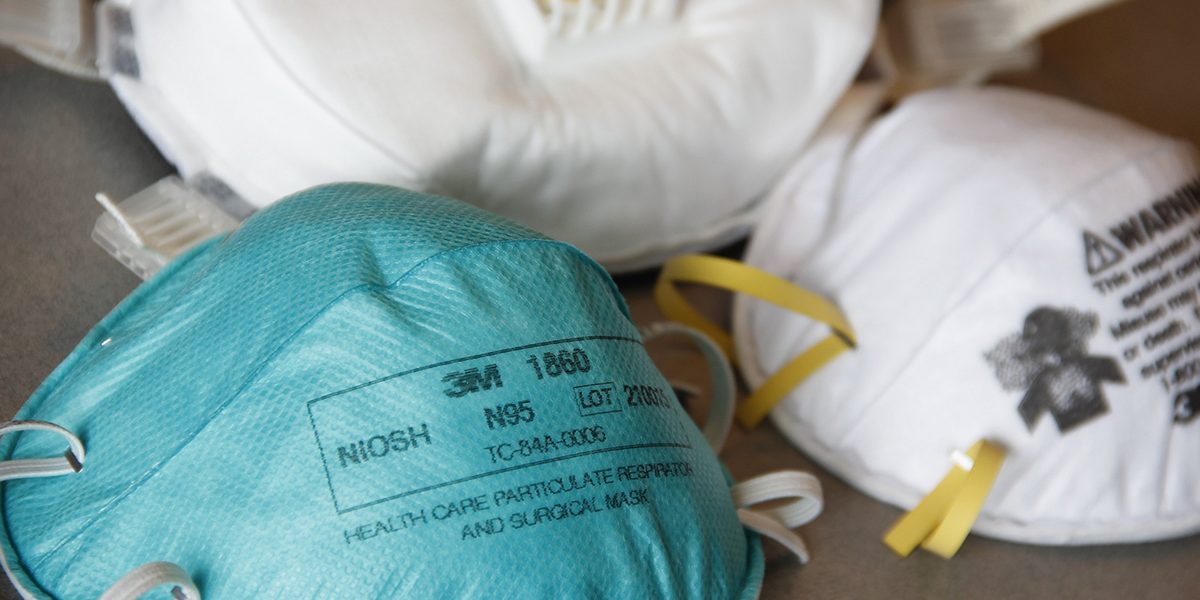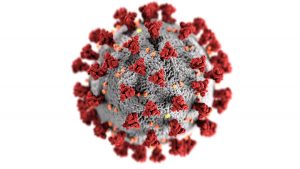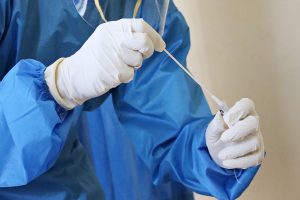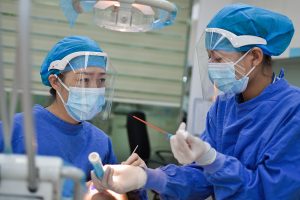On January 29, 2021, the Occupational Safety and Health Administration (OSHA) published “Protecting Workers: Guidance on Mitigating and preventing the Spread of COVID-19 in the Workplace.”
What does this guidance NOT do? According to the executive summary, this guidance document is not applicable to healthcare and then refers you to CDC guidelines (Healthcare Workers: Information on COVID-19 | CDC). While this may seem that all hospitals are exempt, we do see where these guidelines would potentially apply to all areas that are considered non-patient care areas – think about your financial offices, medical billing/coding, warehouses, material distribution areas, etc.
The executive summary also states, “This guidance is not a standard or regulation, and it creates no new legal obligations.” Nevertheless, it provides insight into OSHA’s views and previews what the agency may include in an Emergency Temporary Standard, which the Biden administration has directed OSHA to consider and potentially implement by March 15, 2021 (which may or may not include the healthcare industry).
While most of the Guidance is not new, it provides several new recommendations you may want to consider adding to your current COVID-19 protocols.
Employers should have a COVID-19 Prevention Program that vests primary responsibility for all COVID-19 issues on the employer’s behalf with the assignment of a “workplace coordinator”.
- Must include workers when conducting hazard assessment used to identify when/how workers might be exposed
- Should identify a combination of measures to limit the spread utilizing the standard hierarchy of controls
- Include a system for training all employees on the COVID-19 information and policies
- Include an anonymous system of reporting for employees who may have concerns about COVID related hazards
Face Coverings
- Made of at least two layers of a tightly woven breathable fabric
- No exhalation valves or vents
- Should be provided (at no cost) to all employees who are not already required to wear a respirator
- Consider acquiring masks with clear coverings for all workers to facilitate lip-reading for employee (and customers) who are deaf or have a hearing deficit
- Used in conjunction with social distancing not as a substitution for
- Should continue to be used even after employees have been vaccinated
Employee Quarantine Guidance Extended to Include
- Employees who have had direct physical contact (hugged or kissed) with a person who was COVID-19 positive
- Shared eating/drinking utensils with someone who was COVID-19 positive
- Someone who has COVID-19 sneezed, coughed, or got respiratory droplets on them somehow
Minimize the negative impact of quarantine on employees by
- Making sure supervisors know about any flexibility built in by HR to help deal with staffing and productivity during the pandemic (telework, paid leave, etc.).
Vaccinations should be provided at no cost to the employee
- Do not distinguish between those who have had the vaccine and those who did not
- Vaccinated workers should continue to follow all protective measures as they did prior to vaccination








